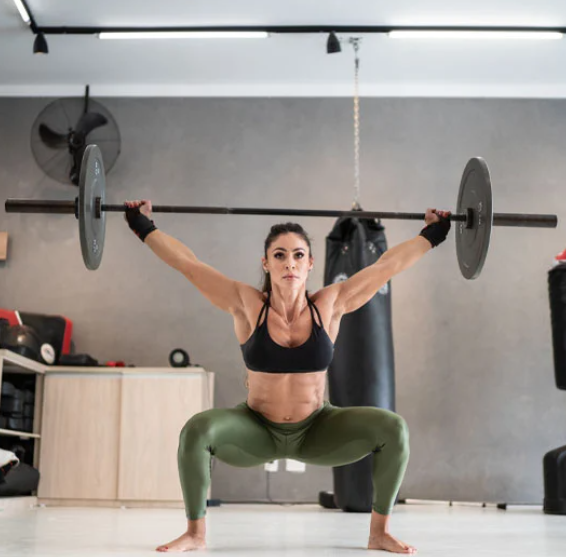When it comes to strength training, two of the most popular paths are powerlifting and bodybuilding. Both aim to build strength and muscle, but they take very different approaches. So, how do you decide which one is best for you? In this article, we’ll break down the key differences between powerlifting and bodybuilding, helping you make an informed choice about which discipline aligns with your goals.
Training Differences
The primary distinction between powerlifting and bodybuilding lies in their training techniques. Powerlifting is focused on building raw strength through heavy lifting. The main goal is to lift as much weight as possible in three specific lifts: the squat, deadlift, and bench press. Powerlifters train with low reps and high weights to increase overall power and strength.
In contrast, bodybuilding revolves around muscle growth and sculpting the body. Bodybuilders typically engage in high-repetition, moderate-weight exercises to increase muscle size and definition. Their training emphasizes symmetry, targeting individual muscle groups to enhance the physique’s overall appearance.
In short, powerlifting builds strength, while bodybuilding builds a well-defined, muscular body.
Goals of Each Discipline
Powerlifting’s ultimate goal is to lift the heaviest weights possible, typically measured by a total score across the three main lifts. Success is determined by how much you can lift in these key areas, aiming to break personal records and compete against others in the same weight category.
Bodybuilding, on the other hand, is all about aesthetics. The goal is to achieve a balanced, proportionate, and lean physique, with attention to muscle size, definition, and low body fat. Bodybuilding competitions are judged based on how well competitors present their muscularity, symmetry, and stage presence.
Physique Comparison
Powerlifters tend to develop a bulkier physique with dense muscle mass. Since their training is centered around lifting heavy loads, it leads to a more solid, powerful body but with less emphasis on muscle definition.
Bodybuilders, however, focus more on definition and symmetry, resulting in a leaner, more sculpted appearance. Their training style helps them maintain low body fat while maximizing muscle size and shape. Bodybuilding is all about sculpting a physique that looks visually appealing from every angle.
Both disciplines require intense dedication and consistent training, but the end results in terms of physique aesthetics will differ significantly.
Injury Risks
As with any form of intense physical activity, both powerlifting and bodybuilding carry risks, but the nature of these risks differs. Powerlifting’s heavy lifting can place significant stress on joints and muscles, leading to potential injuries such as strains, tears, or joint problems.
Bodybuilding, while generally safer in terms of weight loads, involves repetitive movement patterns, which can cause overuse injuries, especially in the shoulders, knees, and lower back due to the volume of isolation exercises.
Frequently Asked Questions
1. Which discipline is better for overall fitness?
This depends on what you’re aiming for. Powerlifting builds strength and endurance, while bodybuilding is great for achieving a muscular, defined physique. Both contribute to overall fitness but in different ways.
2. Can women participate in both powerlifting and bodybuilding?
Absolutely. Both powerlifting and bodybuilding have categories specifically for women, and many women excel in both fields.
3. Which is better for weight loss?
Both can aid in weight loss. Powerlifting helps build muscle and burn fat, resulting in a more toned body. Bodybuilding’s focus on reducing body fat through high-rep training can also help with weight loss and fat reduction.
4. Is one discipline safer than the other?
While both come with risks, powerlifting’s heavy lifting can strain muscles and joints, whereas bodybuilding’s risk lies in repetitive motions and overuse. Proper technique and listening to your body are key to preventing injuries in either discipline.
5. Can I train for both?
Yes, it’s possible to train for both, but it’s important to prioritize one discipline to avoid overtraining. If you mix both, make sure your routine is well-balanced to reduce the risk of injury and burnout.
Conclusion
Both powerlifting and bodybuilding offer unique benefits, and your choice ultimately depends on your personal goals. If you’re looking to increase strength and lift heavy, powerlifting might be the right fit. However, if your goal is to sculpt a defined, muscular body with symmetry, bodybuilding may be the better option.
Regardless of which path you choose, consistency and dedication are the keys to success. Take the time to define your goals, listen to your body, and stay committed to your training. Both disciplines can help you build strength and confidence, so choose the one that excites you the most and enjoy the journey.

Leave a Comment